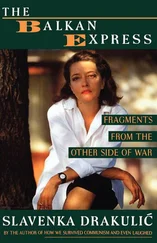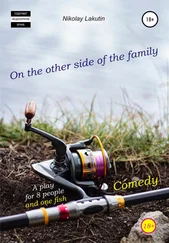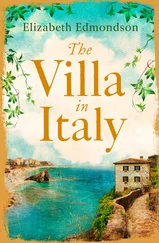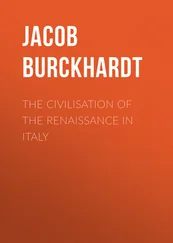People generally go to museums for knowledge and new impressions, but the administraton of Museion reckoned that the opposite is also possible. That is how a small glass pavilion – the Garutti Cube, or the Little Museion, as people call it – appeared in Don Bosco district. The artist Alberto Garutti studied the population of the district and came to the conclusion that its residents have practically no interest for arts. Garutti wanted to change this state of affairs, to establish a dialogue with the city, to become as close to the potential audience as possible, to step down from the creator’s “pedestal”, and to produce a piece of art that would possibly become a link between his work and the audience. As part of this project, it was decided to decentralize the system responsible for contemporary art in Bolzano (Bozen) by moving one work of art from the Museion collection to the outskirts of the city every three months or by creating “autonomous” exhibitions. The simple glass-and-concrete pavilion installed next to a playground became a mini-representation of the Museum of Modern Art. You cannot enter the transparent cubic sculpture – you can only look at its contents from the outside, but when you approach the pavilion, the lighting is turned on at any time of the day (or night). People passing by the Garutti Cube inevitably find themselves in the role of spectators, and over time it becomes an everyday object for them. The pavilion naturally generates around itself numerous meetings of local residents, of people interested in the exhibited works and in art in general. The architectural solution of the Little Museion was made as simple as possible on purpose – so that the concept of introducing modern art into different parts of the city could be continued in the future.
One would think that the residents of Don Bosco remained only outside observers of the Garutti Cube project, but that is not true. Several exhibitions were set up in the pavilion with their active participation. For one of them, residents of the district were asked to bring some of their personal belongings to the cube; those were used to create an exhibition dedicated to the collective activities of the population of Don Bosco. As part of another project, people were invited to turn the walls of the pavilion into a shared diary, which was then exhibited in Museion.
Isn’t art an amazing thing! It can unite; evoke feelings and emotions in people of any age, any culture, and any nationality. The inhabitants of Don Bosco, before the appearance of the Garutti Cube in their district, probably could not have imagined that their thoughts or objects preserving the memory of their lives would one day become museum exhibits.
It is wonderful how one building can put a whole region on the map of the world. The architect Frank Gehry designed the Guggenheim Museum Bilbao, and the life of the Basque Country changed dramatically for the better. The whole world started speaking about that part of Spain.
The Museum of Modern and Contemporary Art in Bolzano (Bozen) did not bring instant international fame to South Tyrol, so what? The most important thing is that Museion has managed to make a difference for its land and for its residents. You will probably say that not everyone will agree with this statement in South Tyrol itself, and that, according to opinion polls, not all the inhabitants of the region are proud of the museum. Well, there are very few things in life that people would be unanimously positive about, especially when it comes to art.
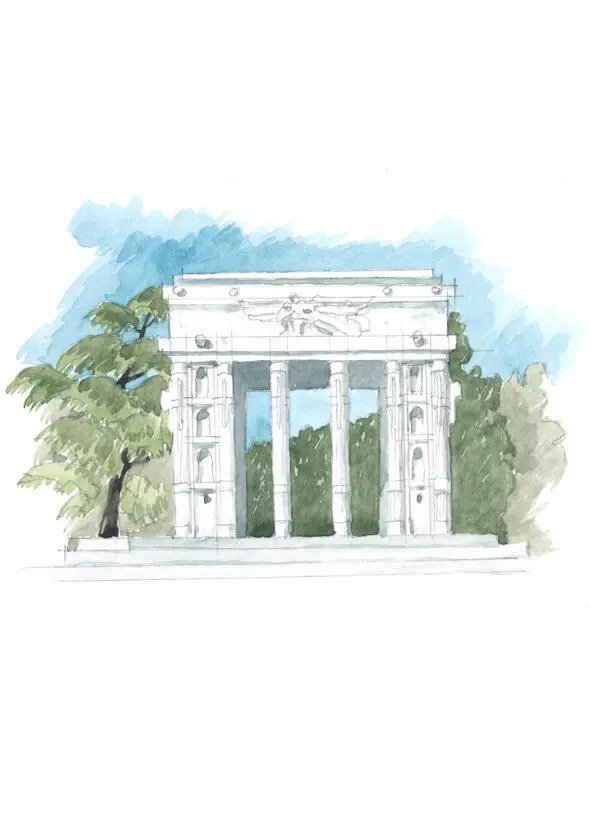
Chapter Eight.
Peace Already?
“Here at the border of the fatherland set down the banner. From this point on we educated the others with language, law and culture”, reads the inscription on the triumphal arch, the Victory Monument in Bolzano (Bozen). The inscription was supposed to look a little different, but at the last moment it was decided to replace the word “barbarians” in the original version with the less specific word “others”. It was officially reported that the phrase on the monument is an imaginary dialogue between a legionary of the Roman Legio X (15 BC) and an infantryman during the Battle of the Piave River, where the Italians blocked the Austrian army’s advance in 1918. The German-speaking residents of South Tyrol did not believe in the story of this imaginary dialogue; for them, the inscription on the Victory Monument was offensive, as it demonstrated the repressive policy of Italy towards their region. Given the historical context in which the ceremonial unveiling of the monument took place, South Tyroleans had every reason for such thoughts. The irony was that the people who were going to civilize them were representatives of a country in which the level of literacy was at that time lower than in their own very small region.
In South Tyrol, the campaign of oppression against its German-speaking residents was in full swing: the population of the region, in the absence of Italian education diplomas, were put out of their jobs in droves, their land was occupied by Italians, who most often came from the very south of the country, and the architectural image of South Tyrolean cities was forcibly changed. In 1923, Ettore Tolomei, the man who is still called the “grave-digger of South Tyrol”, put forward a draft law for South Tyrol which was called the Gentile Reform and affected all the formerly Austrian lands. It was prohibited to use the German language everywhere – at schools, administrations, associations. Local people were denied the right to their own culture. This process of linguistic fascism was referred to as “Italianization of the population”. It was even forbidden to pronounce the word “Tyrol”. The name of the region was changed to Alto Adige, and all the South Tyrolean cities, villages and settlements, as well as surnames of local people, were substituted by their Italian versions. The only place that managed to escape that fate was the village of Lana, whose name, apparently, sounded Italian enough as it was.
New teachers were sent from Italy to South Tyrol. The government saw them as enthusiasts and colonialists, who were supposed to bring the modernized Italian way of life to the Austrian province. Claus Gatterer, a patriarch of Austrian journalism of the 20th century, wrote that “Italian teachers were often in fact much better than the popular opinion about them. They suffered from the atmosphere of hostility that surrounded them, and had no social contacts. Farmers in the villages were suspicious of them, especially of teachers wearing town clothes, which were considered immoral.” In accordance with the Italian fashion of the 1920s and 1930s, the teachers wore miniskirts and men’s haircuts, which more than embarrassed South Tyrolean farmers, who were not used to this style. To deal with the stress from working in this region, where people were so unfriendly to them, teachers would sometimes go out drinking at night; in the morning they could not come to work, in which case their students had to be sent home.
In order for the language and the traditions of the region not to be lost by new generations, enthusiasts among German-speaking teachers secretly organized their own classes, called “catacomb schools”. One of their patrons was the Catholic priest Michael Gamper. He was outraged with King Victor Emmanuel III not keeping his promise to respect the national identity of the South Tyrolean people. The priest, under the protection of the Catholic Church, began creating German publishing houses in the region, wrote and published articles in German. The Fascist regime that had captured South Tyrol quickly ranked Gamper as the “public enemy number one”, and he was forced to hide from persecution in a Tuscan monastery. Nevertheless, the priest was lucky to survive, while many other enthusiasts of the “catacomb schools” were much less fortunate. They had to die for their cause. People remember with sadness the story of a very young teacher Angela Nikoletti, who died at the age of 25 from tuberculosis, which she had contracted in prison.
Читать дальше


